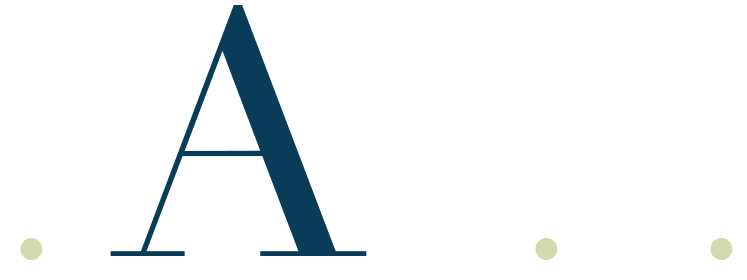Services
Initial Exhibition Concept: Meet with the client to establish the exhibition subject matter/story.
Concept + Research: Use digital, library, and archival sources to research subject matter and develop the exhibition concept.
Program: Establish a program for the exhibition design, including but not limited to scope, square footage, construction budget, graphic display scope, ADA requirements, and LEED requirements.
Exhibition Storyboard: Create and present an exhibition storyboard to the client based on the aforementioned concept and research. The storyboard will include sources, timelines, and early design sketches that help tell the initial concept of the exhibition. (This will not include renderings, 3D drawings, or models).
Design Development: Using the established storyboard concepts, create one (1) palette, elevations, and 3D visuals to present to the client for approval.
Object Checklist: Working with client, create a checklist of archival, loaned, and acquired objects/works on paper needed for the exhibition display.
Installation + Construction Drawings: Create drawings (CAD and/or Revit) to convey the installation of the archival information, checklist items, and designed/constructed elements for the exhibition.
Procurement: Operate on behalf of the client to purchase and/or specify additional objects or acquisitions needed to convey the story (depending on project scope).
Text + Messaging: Create wall text, labels, and marketing paraphernalia required for the checklist objects and exhibition communication. Help the client develop a narrative intended for public consumption outside of the museum space to drive attention and awareness.
Installation and Opening: Work with the Registrar and chosen sub-contractors (such as: AV, IT, & Millwork/Casework) to install the exhibition objects and design elements. The team can also be available for opening tours or private presentations (on an hourly basis).
